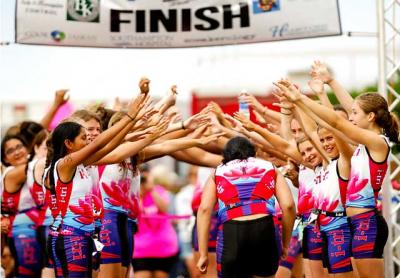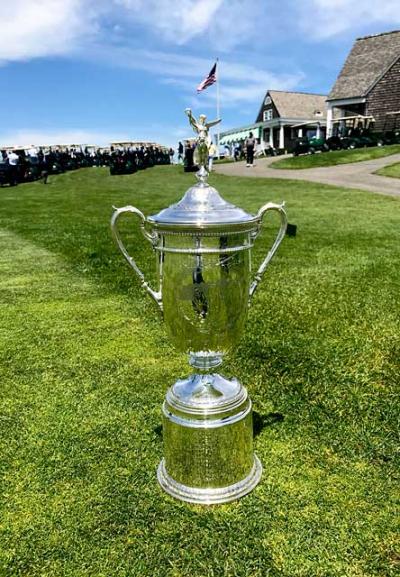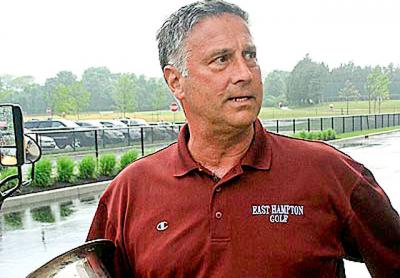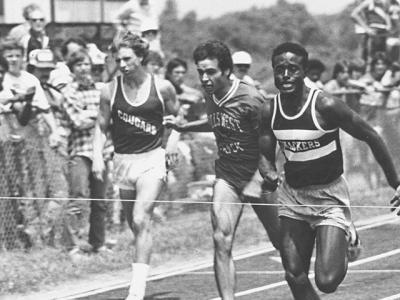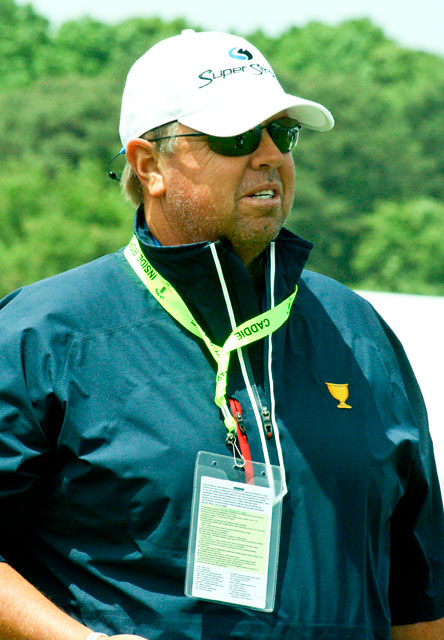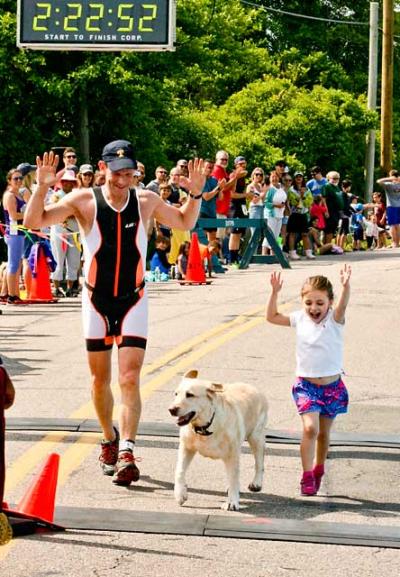Major Golf Tourneys Wouldn’t Happen Without Volunteers
Major Golf Tourneys Wouldn’t Happen Without Volunteers
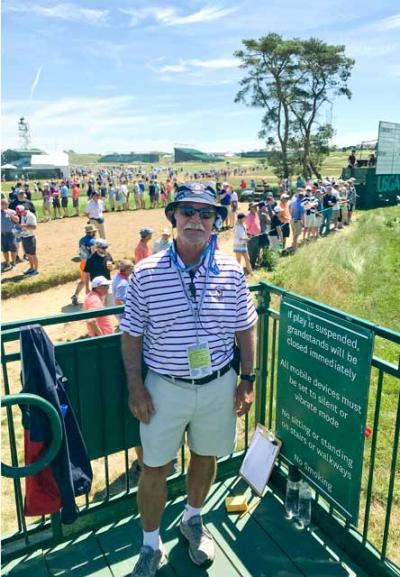
Planning for the U.S. Open played this past week at the Shinnecock Hills Golf Club in Southampton began at least two years ago in order to assure that the 30,000 fans who passed through the entrance gates each day, and those who were lucky enough to play in the field, had the best time possible.
But if it weren’t for the nearly 4,500 volunteers, many of whom came from the East End, it would have been a different story entirely.
“Our volunteers are truly the backbone of the success of the tournament,” Mike Davis, the United States Golf Association’s chief executive officer, said. “Without their commitment, this tournament just doesn’t happen.”
The U.S.G.A. said it had volunteers from 49 states and from 16 countries, adding up to more than 90,000 hours of time donated. “Their passion for the sport of golf is just amazing,” Davis added.
Even the pros who played at Shinnecock appreciated the effort the volunteers put forth. “We know how much it takes to staff a tournament, and I, myself, appreciate all that the volunteers do,” said Steve Stricker, a 12-time winner on the P.G.A. tour, during Tuesday’s practice rounds.
“I think all the guys on the tour are very appreciative of them,” said Jim Furyk, the 2003 Open winner. “Golf tournaments would never happen without volunteers. And I have to say that here at Shinnecock they’ve been great.”
“This is my third Open championship,” said Marianne Brackney of Columbia, Md., a volunteer at the corporate hospitality tents along the eighth hole fairway, where she checked for proper identification. “Before he passed away, my husband and I loved working together at various tournaments around the country. I still love doing this and have such wonderful memories.”
Brackney was unsure if she would attend the Open next year, which is to be held at Pebble Beach in Carmel, Calif. “It’s not easy to find a hotel near the course there,” she said. “But I’m still looking into it.”
Brett Clark of Philadelphia, a three-time Open volunteer who served as a grandstand marshal on the 14th hole, avoided the cost of a pricey hotel by securing a $30-per-day campsite at the Wildwood State Park campground in Wading River, about 15 miles northwest of the course. “It’s a cheap alternative, and it worked out great for me,” he said. “The traffic was not all that bad for my shift, and Shinnecock is a beautiful course. I’m having a great time.”
“I’ve done seven consecutive Opens in a row now,” said Dave Brumby of Lake Charles, La., at the first hole’s green, where he was a marshal. Brumby rented a house with five of his golfing colleagues in Sag Harbor for the week. “We’ve already signed up to be volunteers at Pebble Beach next June. We all have such a great time doing it.”
“I’ve never been a volunteer at a golf tournament, but I’m so glad I did it,” said Tom Vallance, who came down from Toronto to work as a marshal on the practice green. “The only downside was the traffic on some days, depending on the shift I had. But it was great to be so close to the players. I’ll never forget it.”
As aforesaid, a lot of East End residents, including this writer, raised their hands when asked to man the Open’s 23 volunteer committees.
One of them, Joe Bolomey of East Hampton, said it was the fourth Open he’d worked at Shinnecock. Bolomey so loves golf that he sleeps in his truck just about every Saturday night so he can be assured of an early tee time at Montauk Downs. Thanks to Kevin Smith, Montauk’s longtime pro, Bolomey and his group of fellow golfers were assigned to be marshals at the sixth hole for the entirety of the championship.
“We have a great group of people here working together on this hole — I would never miss this in the world,” Bolomey said from the right-side fairway as Tiger Woods was readying to tee off. Bolomey almost made the Open as a caddie for his brother, A.J., who tried five times to qualify for it. “He almost did one year — he was so close.” A.J. now works at the Trump National Golf Club in Washington, D.C., where he also serves as the president’s caddie when he plays there.
“I’m having a great time watching the pros play,” said Justin Waterman of Southampton, who was keeping a close eye on the driving range. “Actually, there are a lot of us volunteers here on the range, so there’s not exactly much to do. Which is fine with me. It gives me a chance to really focus on watching them hit.”
This writer signed up a year ago to be a volunteer on the leaderboards committee. Sadly, I was sidelined for part of the week by an unforeseen family matter out of state.
That said, I will have another chance to be a volunteer here in 2026, and as for Pebble Beach, another iconic course, I may travel there next June to lend a hand where I can.

